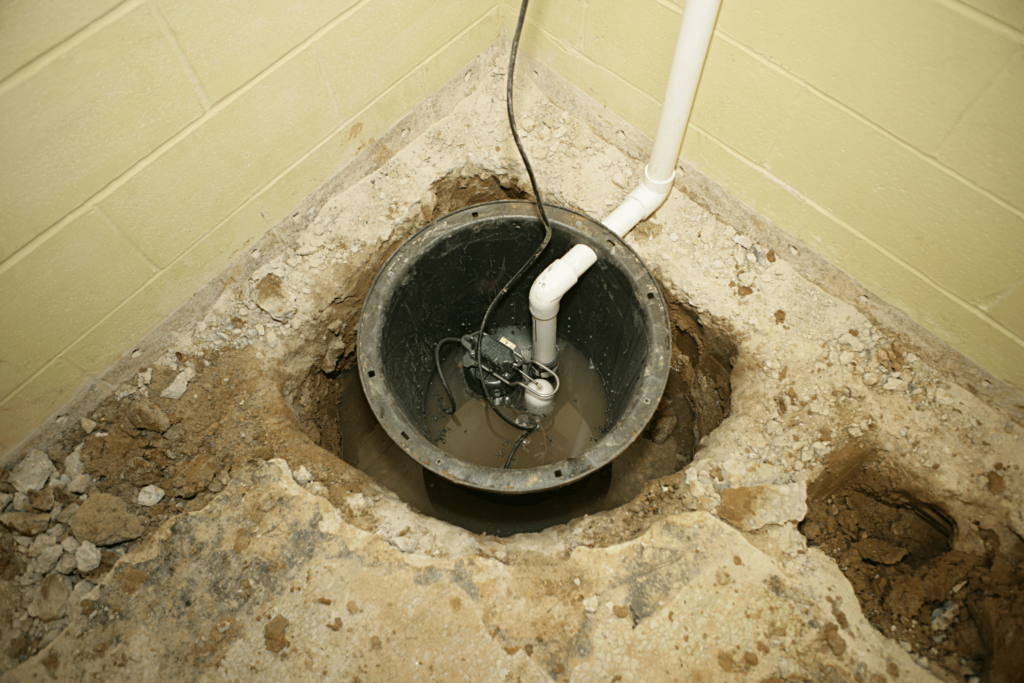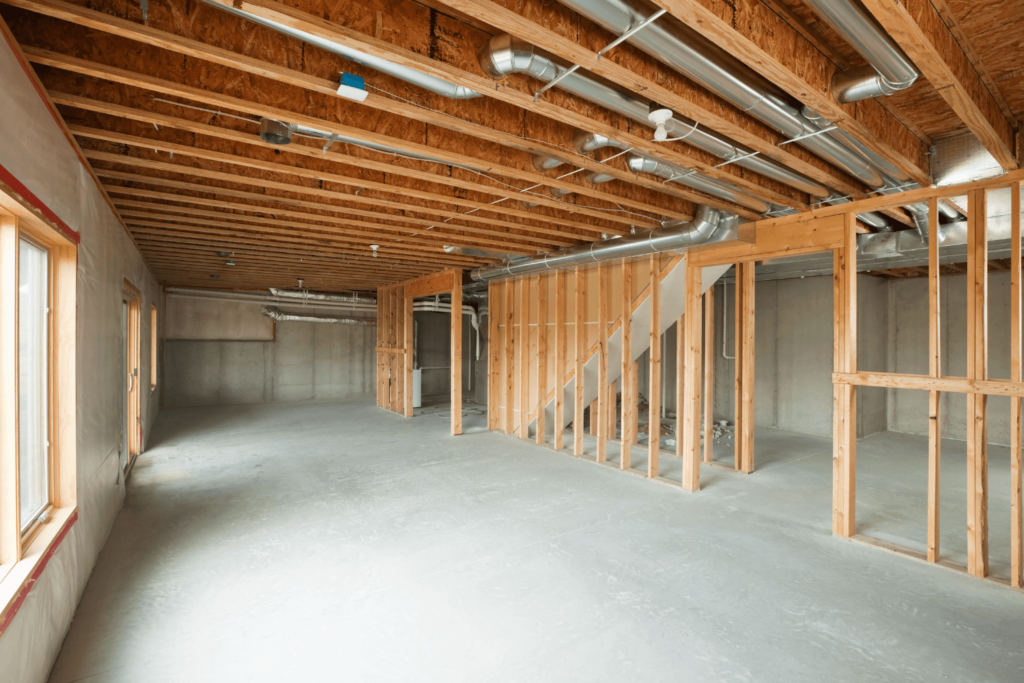Knowing how to fix a wet basement is an important part of owning and protecting your family’s home. Whether it’s from water leaking into the basement or the frustrating and confounding “mystery” water that appears with no obvious source, moisture can damage your home, personal property stored in the basement, appliances, or the extra living spaces basements are commonly converted into. Your basement serves as the foundation of your home, and its health is, in turn, dependent on how it manages the stresses placed on it by the weight of the home, the soil preparation around it, and the use it’s put to as a vital part of your property. Understanding the main causes of basement moisture, what you can do to prevent it, and when it’s time to get a professional involved helps keep your family home safer and more comfortable with their basement waterproofing and foundation repair expertise.
Where’s This Basement Water Coming From?
One of the first things you need to do to fix a wet basement is to identify the source of the moisture. There are plenty of sources of water in your basement to come from, but they generally fall under two main categories: internal or external.
- Internal – These sources are in your home, introducing moisture that ends up in your basement. This can be from leaks, sweating pipes, or condensation of warm air along cooler basement surfaces.
- External – Water entering your basement from the outside, either via exterior leaks or being introduced by the soil surrounding your basement, is introducing water from outside of the home into the confines of your basement.
While water sources like leaking pipes or cracked walls with water gushing in can be easy to identify, it can be far harder when the water accumulating in the basement seems to just appear on the floor or walls. One easy way to narrow down your options is to tape a square of aluminum foil flat against the wall and check underneath it in a few days. A dry spot under the foil (especially if the outside of the foil is damp) means your water is from an internal source, most likely the ambient moisture in the air. If, however, the wall under the foil is just as wet, there is water seeping through the wall from an external source, so you can start your hunt for answers there.
Most Common Internal Sources of Moisture

- Leaking Pipes or Appliances – Plenty of pipes route through your basement, its walls, or its ceiling on the way to the rest of the house, and equipment like fridges, freezers, and boilers can sometimes spring a leak. When you find a leaking appliance or pipe, contact a certified repair person or plumber if you’re not up to the job yourself. They’ll do their best to plug the leak, but sometimes, appliances have reached the end of their service life and need to be replaced.
- Condensation – A frequent cause of “mystery” water in a wet basement, fixing condensation means understanding how it forms. Condensation occurs when the moisture held in warm air condenses on a cooler surface. Think about when you breathe (warm, moist air) onto a window in winter (cool surface), forming condensate that fogs up the glass. In the basement, this usually occurs either on the outside of pipes, where this “sweating” accumulates before dripping down onto your floor or head, or on the exterior walls of the basement, where the colder soil has cooled the cement to create a big enough temperature disparity.
To fix a wet basement caused by condensation, you have to eliminate either the sudden temperature difference or the moisture being drawn out by it. A dehumidifier is a great addition to your basement waterproofing plan as it helps keep the basement air dryer. In addition, insulation should be installed in areas subject to shard temperature shifts, such as around pipes or against the outer basement walls.
Most Common Exterior Moisture Sources
- Wall Cracks – Cracks in your basement wall can let the pressure of soil and water on the outside result in water leaking into your basement. As more water infiltrates your property, the cracks are further widened, causing escalating issues. Small cracks can be easily sealed with hydraulic cement and a coating of waterproof paint. Larger cracks could point to far bigger issues.
- Wall Separation – Your basement is surrounded by complex forces pushing against the walls as well as the soil around them. This can lead to wall separation, where one wall begins to pull away from the floor or other walls. They can also cause walls to lean inward or even buckle, destroying the stability of your home. These conditions are likely to require professional waterproofing and repair to stop the deterioration and restore your home’s integrity.
- Poor Grading or Landscaping – Your home should sit on a “crown” of land that allows water to easily flow away from it. In addition, landscaping should be designed and cultivated to keep water from pooling around the foundation. If your land has settled, destroying this crown, or the landscaping is causing water to pool close to your home, it’s increasing the hydrostatic pressure against your walls and should be corrected.
- Gutters and Downspouts – Designed to channel roof runoff down and away from your home’s foundation, clogged gutters and downspouts can instead overflow, depositing the water directly next to your walls. Additionally, loose extensions and broken downspout splash blocks can fail to direct the water away. Make sure you keep your gutter system clean and that it delivers the runoff at least five feet away from your home.
Other Steps to Take

While these steps may help you get a start on a wet basement fix, the surest way to avoid an issue or recover from one is with proper basement waterproofing that is designed to actively move water away from the home. Basement floor drains and the installation of a sump pump help ensure that any water that makes it in doesn’t stick around long. French and curtain drains can also be installed outside the property to prevent water from reaching your foundation’s walls by offering it an easier path away from the foundation. Every property is different, and if you’re struggling to find the cause of or solution for a wet basement, a professional fix may be in order.
Get Your Free Foundation Inspection
We’re proud to be Western Pennsylvania’s trusted foundation and waterproofing experts, protecting your home from water leaking into the basement, bowing walls, cracked foundations, and more. When you schedule a no-cost, no-obligation home inspection, we’ll show up at the scheduled time to take a look at your foundation, help you understand how to fix a wet basement, and give you a written estimate on professional repair and waterproofing using American-Made materials. Take the first step toward restoring and protecting your property’s basement. Call A.M. Wall Anchor & Waterproofing today.

